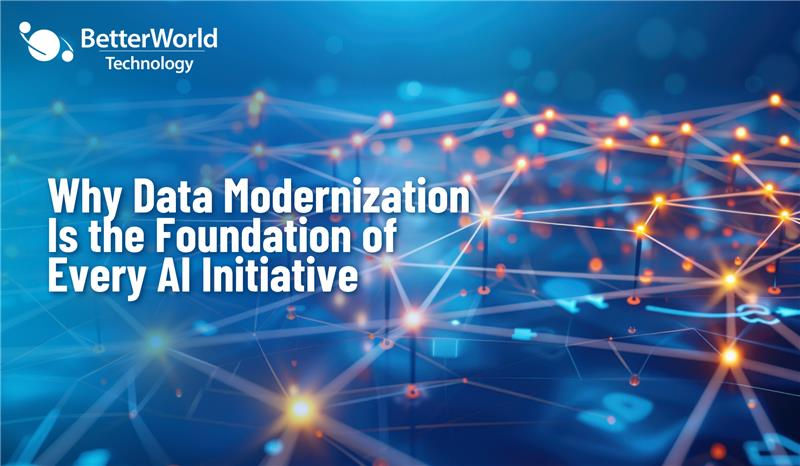Navigating Cybersecurity: The Interplay Between CMMC Compliance and Ransomware Defense
- John Jordan

- Aug 26, 2024
- 3 min read
Updated: Jan 22
In a rapidly evolving digital landscape, the importance of cybersecurity cannot be overstated. This article delves into a recent presentation that highlights the critical relationship between Cybersecurity Maturity Model Certification (CMMC) compliance and the growing threat of ransomware. The speaker, a seasoned lawyer and consultant, shares insights from their extensive experience in the field, emphasizing the need for organizations to adapt to new threats while ensuring compliance with regulatory requirements.
Key Takeaways
CMMC compliance is essential for defense contractors but must be integrated with broader cybersecurity measures.
Ransomware threats have evolved, necessitating a proactive approach to cybersecurity.
Organizations must prioritize cyber hygiene to maintain insurance coverage and protect enterprise value.
Understanding CMMC and Its Importance
CMMC was introduced to enhance the security of the defense supply chain by ensuring that contractors meet specific cybersecurity standards. The model emphasizes the need for third-party assessments to verify compliance, moving beyond self-attestation, which has proven inadequate in the face of sophisticated cyber threats.
The speaker reflects on their experience with the Defense Science Board and the development of the CMMC framework, noting that the initial focus was on protecting Controlled Unclassified Information (CUI) from nation-state threats. However, the landscape has changed dramatically since the introduction of CMMC, with new threats emerging, particularly from ransomware actors.
The Evolving Threat Landscape
The presentation highlights several key developments in the threat landscape:
Increased Ransomware Attacks: Ransomware has become a prevalent threat, with attackers not only locking systems but also stealing sensitive data.
Nation-State Actors: The sophistication of nation-state cyber threats has increased, with actors employing advanced tactics to infiltrate systems.
Emerging Vulnerabilities: New vulnerabilities, such as those exposed by the Log4j incident, have created additional risks for organizations.
These changes necessitate a shift in how organizations approach cybersecurity, moving from a compliance-only mindset to a more holistic view that includes risk management and threat mitigation.
The Role of Cyber Insurance
Cyber insurance has become a critical component of an organization's risk management strategy. However, the market is facing challenges due to the rising costs associated with ransomware attacks. Insurers are tightening their underwriting standards, requiring organizations to demonstrate robust cybersecurity measures to qualify for coverage.
The speaker emphasizes the importance of maintaining good cyber hygiene to secure insurance coverage. Key practices include:
Implementing multi-factor authentication (MFA)
Regularly updating and patching systems
Conducting cybersecurity awareness training for employees
By adopting these measures, organizations can not only improve their chances of obtaining insurance but also enhance their overall security posture.
Integrating CMMC Compliance with Cybersecurity Measures
The speaker advocates for a proactive approach that integrates CMMC compliance with broader cybersecurity initiatives. This includes:
Prioritizing Ransomware Defenses: Organizations should focus on strengthening their defenses against ransomware attacks as a first step.
Maintaining Cyber Insurance: Ensuring adequate coverage is essential for mitigating financial risks associated with cyber incidents.
Continuous Improvement: Organizations must continuously assess and improve their cybersecurity measures to stay ahead of evolving threats.
As the cybersecurity landscape continues to evolve, organizations must adapt their strategies to address new threats while ensuring compliance with CMMC requirements. By integrating robust cybersecurity measures with compliance efforts, organizations can protect their enterprise value, maintain insurance coverage, and ultimately safeguard sensitive information from cyber threats. The journey towards effective cybersecurity is ongoing, and organizations must remain vigilant in their efforts to stay secure in an increasingly dangerous digital world.
BetterWorld Technology's cybersecurity experts are dedicated to safeguarding your data and infrastructure with comprehensive, tailored solutions. Whether you need proactive monitoring, threat assessment, or incident response, we have the expertise to keep your business secure. Book a consultation with us now and take the first step toward fortifying your cybersecurity defenses with BetterWorld Technology.








